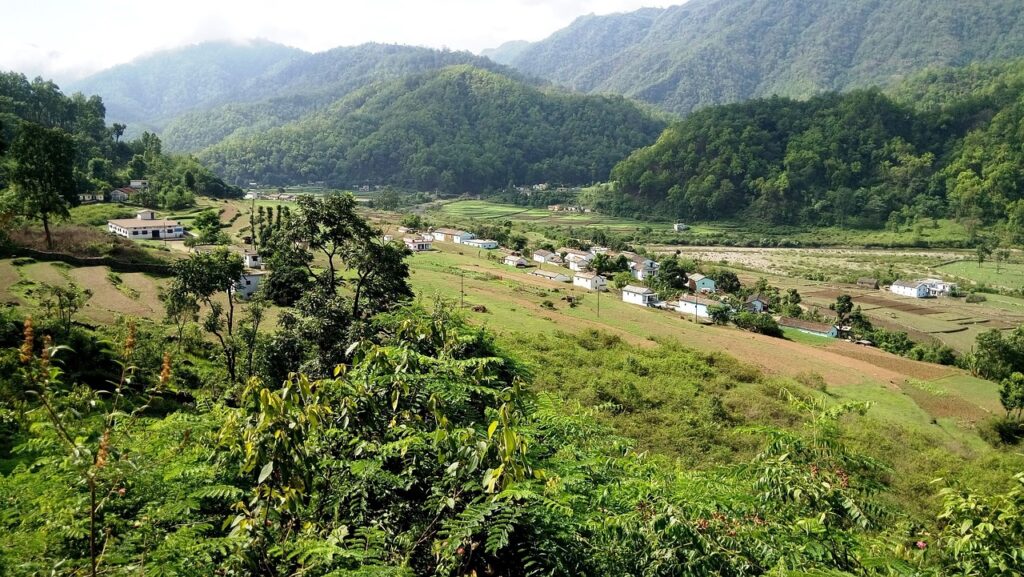
Corbett Tiger Reserve, Uttarakhand
Corbett Tiger Reserve, Uttarakhand: Approximately 35% of the tiger reserves urgently require enhanced protection measures, habitat restoration, ungulate augmentation, and subsequent tiger reintroduction, according to a detailed report on all India tiger estimation – 2022, released here today on the occasion of Global Tiger Day, today. The report was released by Union Minister of State for Environment, Forest and Climate Change, Ashwini Kumar Choubey.
The report reveals that certain regions, such as the Western Ghats, have experienced localized declines in tiger population, necessitating targeted monitoring and conservation efforts. Some states, including Mizoram, Nagaland, Jharkhand, Goa, Chhattisgarh, and Arunachal Pradesh, reported “disquieting trends” with small tiger populations.
To preserve ecological integrity, the report says there is a need to strongly continue the eco-friendly development agenda, minimize mining impacts, and rehabilitate mining sites.
India currently harbours almost 75% of the world’s wild tiger population. With significant changes in the spatial patterns of tiger occurrence and an increase in unique tiger sightings from 2461 in 2018 to 3080 in 2022, now more than 3/4th of the tiger population is found within protected areas.
It may be mentioned that on April 9, 2022, during the celebration of 50 years of the Project Tiger at Mysusru, Prime Minister Narendra Modi declared the minimum tiger population of 3167, which is the population estimate from the camera-trapped area.
Now, further analysis of data, done by the Wildlife Institute of India, from both camera-trapped and non-camera-trapped tiger presence areas, the upper limit of the tiger population is estimated to be 3925 and the average number is 3682 tigers, reflecting an annual growth rate of 6.1% per annum. Central India and the Shivalik Hills and Gangetic Plains witnessed notable increases in tiger population, particularly in the states of Madhya Pradesh, Uttarakhand, and Maharashtra.
The largest tiger population of 785 is in Madhya Pradesh, followed by Karnataka (563) and Uttarakhand (560), and Maharashtra (444).
The tiger abundance within the Tiger Reserve is highest in Corbett (260), followed by Bandipur (150), Nagarhole (141), Bandhavgarh (135), Dudhwa (135), Mudumalai(114), Kanha (105), Kaziranga (104), Sundarbans (100), Tadoba (97), Sathyamangalam (85), and Pench-MP (77).
However, challenges like poaching are still a threat to tiger conservation and the report stresses on continued efforts to protect tiger habitats and corridors which it says, are crucial for securing the future of India’s tigers and their ecosystems for generations to come.
It was in 1973 when the Government of India launched Project Tiger – an ambitious, holistic conservation project, aimed at safeguarding the nation’s tiger population and preserving biodiversity. Initially covering nine tiger reserves spanning 18,278 square kilometres, today the project covers 53 reserves spread across 75,796 square kilometres, effectively covering 2.3% of India’s total land area.
– global bihari bureau





